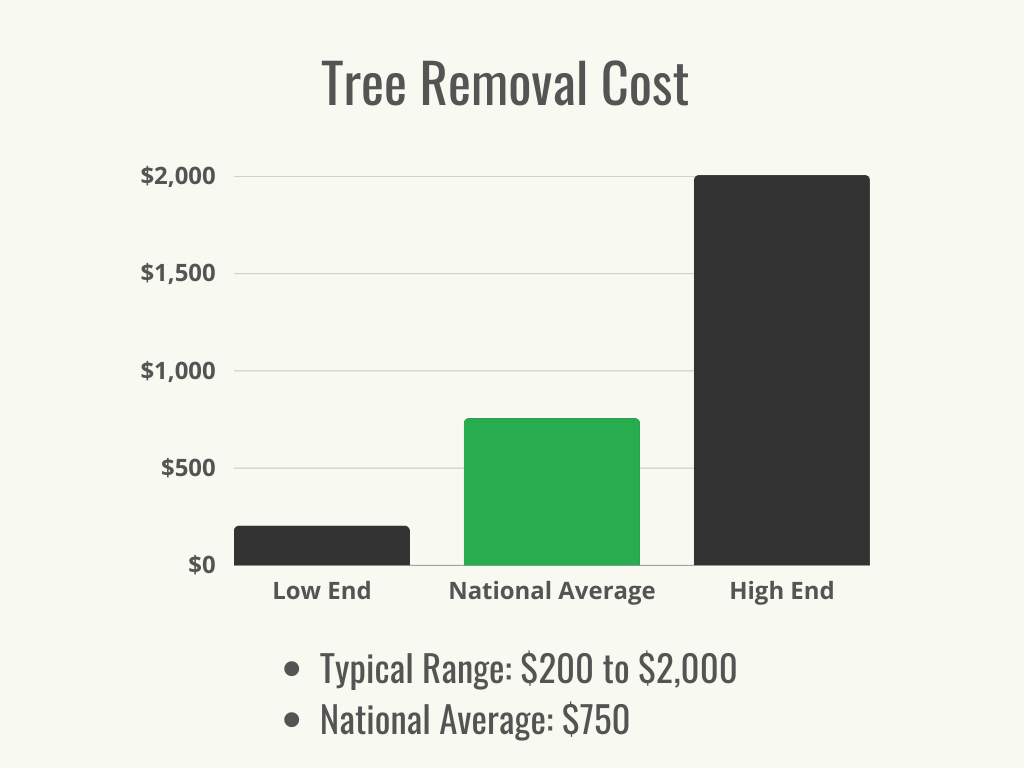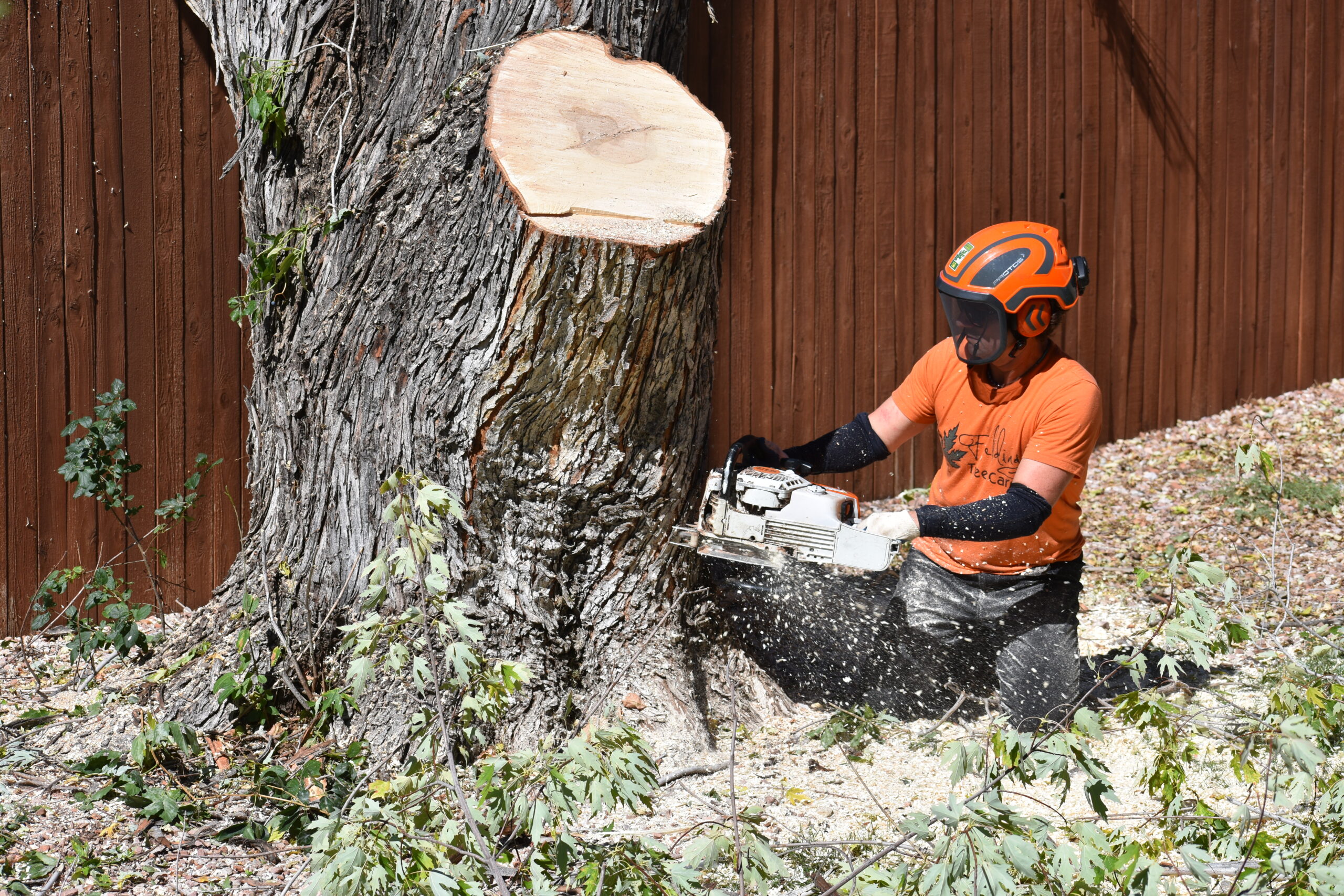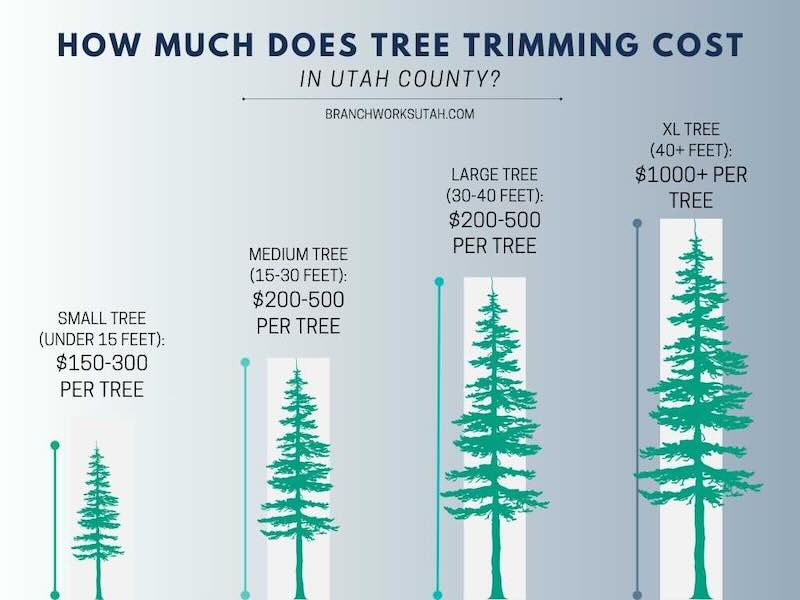Featured
Table of Contents
- – Fruita, CO Stump Removal Transportation Costs
- – First-Time Tree Clearing Deals In Fruita, CO
- – Fruita, CO Stump Removal Referral Discounts
- – Seasonal Stump Removal Pricing In Fruita, CO
- – Fruita, CO Tree Clearing Reviews: Are They Wo...
- – Electrical Replacement Costs For Arborist In ...
- – Getting Fair Tree Service Quotes In Fruita, CO
- – Leading Value Arborist In Fruita, CO
- – Transparent Stump Grinding Pricing In Fruita...
- – Fruita, CO Arborist Cost Guide: Essential Info
- – Fruita, CO Stump Grinding Case Studies: Costs
- – Battery Replacement Costs For Tree Service I...
- – Fruita, CO Tree Service Replacement Costs
- – Fruita, CO Arborist Pros And Cons: Pricing
- – Free Tree Trimming Quotes In Fruita, CO

The subsections listed below supply more comprehensive details about prices, consisting of an average range for each. TypeAverage Elimination CostPineConiferPalmMagnoliaArborvitaeAshCedarSweet GumEucalyptusSycamoreCypressOakMaplePoplar You can anticipate to pay between to get rid of a pine, depending on its size. Removing a pine is among the more cost effective jobs unless it is one that has actually been around for many years and is rather big.
Fruita, CO Stump Removal Transportation Costs
Pines also have a tap root that grows deep into the soil, which can prove to be harder to get rid of. The procedure itself involves an expert cutting the tree, clearing the base, cutting the surface roots, getting rid of the stump, and lastly treating the soil. Without a professional hand, you run the risk of leaving pine seedlings behind, which will fall from the roots of distressed pines.
First-Time Tree Clearing Deals In Fruita, CO
The U.S. nationwide average for conifer elimination is roughly to have the conifer lowered, hauled away, and the stump ground or removed totally. Conifers are generally simpler to eliminate, and despite the fact that they can grow rather tall, they do not cost a fortune to eliminate. Conifers include pine, spruce, fir, and juniper trees.
Fruita, CO Stump Removal Referral Discounts
While conifers are lovely, they kill native plants and particular types of yard (stump grinding). The typical rate of palm removal depends on the height as much as the type, varying from.
Seasonal Stump Removal Pricing In Fruita, CO
That is why it is crucial to understand which type you are eliminating. While you do not need an herbicide to eliminate a palm tree, there are some actions your elimination expert will need to require to ensure the job is done correctly. There are 2 methods they can get rid of them: by chopping them down or digging them up.
Fruita, CO Tree Clearing Reviews: Are They Worth It
This is since little animals like rats and scorpions typically reside in them. Plus, many types will have spikes, too. From there, they eliminate the real tree and then the stump. Anticipate to pay between to remove this type of tree, depending on the exact size and details of the task.
Electrical Replacement Costs For Arborist In Fruita, CO
There are 3 types: green, white, and black ash. With its gray-tinged bark, its leaves are green or purple in the spring and golden yellow or purplish-red in the fall.
Getting Fair Tree Service Quotes In Fruita, CO

Due to the variation in height, the removal cost difference is large from. A coniferous, evergreen tree, the cedar is a durable types.
Leading Value Arborist In Fruita, CO
The development of false cedars varies from 50 feet approximately 230 feet high. House owners may pay anywhere from, depending upon the roots. With star-shaped leaves and sensational fall colors, the sweet gum is considered a medium to big tree. Enjoying full sun, the sweet gum can not tolerate pollution.
Transparent Stump Grinding Pricing In Fruita, CO
It has a big root base of 40 to 50 feet, which impacts the removal cost. Typically, it costs between to remove a eucalyptus. Eucalyptus are not common everywhere, but they are quite big compared to others, which is why even the smaller ones are so expensive to remove. Initially from Australia, eucalyptus are intrusive plants that grow in thick groves that get native plants.
Fruita, CO Arborist Cost Guide: Essential Info
There are a handful of ways to do this, consisting of burning, pulling, grinding, or eliminating them with herbicide. Expect to pay in between to eliminate sycamores, based on the height, trunk size, and quantity of work included. Sycamores are one of the biggest wood trees, usually varying from 60 to 100 feet tall and as broad as 15 feet.
Fruita, CO Stump Grinding Case Studies: Costs
The first two actions will expose the withins of the tree and cut off the flow of nutrients up the trunk. From there, a professional uses herbicide to eliminate the tree and cuts down the trunk.
Battery Replacement Costs For Tree Service In Fruita, CO
There are lots of different types of Cypress trees, but the most common are the Leyland, Arizona, Bald, and Italian. The Bald Cypress grows in swampy or really moist locations while the others enjoy a dry, warm, or hot climate (tree service). They can grow as high as 80 to 100 feet high
Fruita, CO Tree Service Replacement Costs

Prone to diseases, the Cypress is one of the most treasured woods for furnishings. The average oak grows to around 60 feet, and depending on the complexity of the elimination, it costs an average of to get rid of. The precise size of your oak and the effort required to fell it affect what you will in fact spend for elimination in addition to any additional services like stump grinding.
Fruita, CO Arborist Pros And Cons: Pricing
Access to the trees and the roots will likewise impact the general cost. Maples are typically amongst the more costly trees to get rid of since of their size and the work involved in the elimination.
Free Tree Trimming Quotes In Fruita, CO
Growing as high as 90 to 115 feet, these massive timbers are primarily discovered in North America and include the aspen, cottonwood, and balsam trees. The procedure to eliminate trees involves all the trimming and cutting of the branches and trunk, bringing it down to a stump.
Table of Contents
- – Fruita, CO Stump Removal Transportation Costs
- – First-Time Tree Clearing Deals In Fruita, CO
- – Fruita, CO Stump Removal Referral Discounts
- – Seasonal Stump Removal Pricing In Fruita, CO
- – Fruita, CO Tree Clearing Reviews: Are They Wo...
- – Electrical Replacement Costs For Arborist In ...
- – Getting Fair Tree Service Quotes In Fruita, CO
- – Leading Value Arborist In Fruita, CO
- – Transparent Stump Grinding Pricing In Fruita...
- – Fruita, CO Arborist Cost Guide: Essential Info
- – Fruita, CO Stump Grinding Case Studies: Costs
- – Battery Replacement Costs For Tree Service I...
- – Fruita, CO Tree Service Replacement Costs
- – Fruita, CO Arborist Pros And Cons: Pricing
- – Free Tree Trimming Quotes In Fruita, CO
Latest Posts
Franconia, VA Tree Cutting Reviews: Costs
Fort Stewart, GA Tree Cutting Comparison: Pricing
Get Cheap Stump Grinding In Cottonwood, CA
More
Latest Posts
Franconia, VA Tree Cutting Reviews: Costs
Fort Stewart, GA Tree Cutting Comparison: Pricing
Get Cheap Stump Grinding In Cottonwood, CA